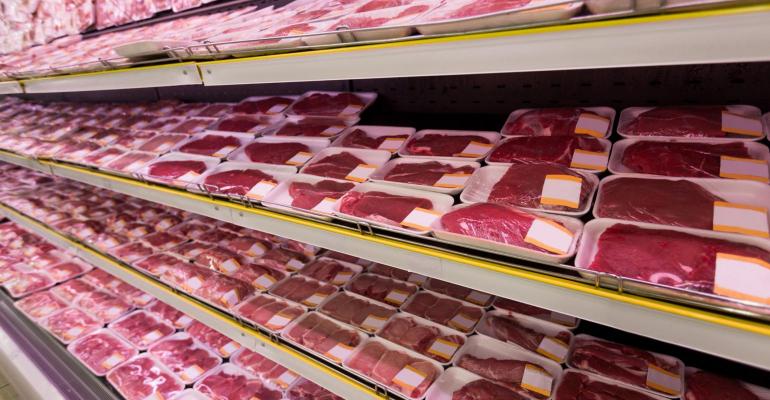In anticipation of the Fourth of July, estimated beef production for the week ending June 27 was 562.3 million pounds, up 5.3% year over year. This was based on estimated weekly slaughter of 680,000 head, a 1.5% increase from year-ago levels. It also included an estimated Saturday slaughter of 82,000 head, which was 39% higher year over year.
Derrell Peel, Oklahoma State University Extension livestock marketing specialist, said the large Saturday slaughter was scheduled for last week since the holiday this week is on Saturday.
He said the actual slaughter and beef production data for the week ending June 13, confirmed that beef production exceeded year-ago production levels by 0.7%, the first year-over-year weekly beef production increase since the first week of April.
“After the disappointing shortages and high beef prices during Memorial Day, the improved beef situation for this grilling holiday is a great relief,” Peel noted. “Grocery stores should be well stocked in time for July 4 and retail prices are adjusting down rapidly.”
For individual stores, he said supply may depend on their particular supply arrangements.
Meanwhile, retail price adjustments are following rapid decreases in wholesale beef prices, Peel relayed.
“Choice boxed beef prices increased from a pre-COVID-199 level of $208.14/cwt. on March 13 to a daily peak of $475.39/cwt. on April 12 and back to $207.17/cwt. last Friday, June 26.”
Other meat is plentiful, as well, according to Peel.
USDA said this week that consumers should be able to find just about any cut of pork they want for grilling but added that it may come with a higher purchase price, even for pre-holiday specials.
USDA livestock analyst Shayle Shagam said pork production during the first two weeks of June was 2% higher than last year, but retailers had to make purchases for this weekend’s holiday in May, when prices were higher.
Astounding retail meat sales
Retail meat sales during the week leading up to Father’s Day were "astounding," according to Anne-Marie Roerink, president of 210 Analytics LLC.
“The weeks leading up to the 2020 Father’s Day week were plagued with supply chain tightness and purchasing limits. However, the week of Father’s Day, the meat department had much improved its in-stock position, the widest assortment seen in weeks and purchase limitations were more the exception than the rule,” she noted.
Despite supply improvements, Roerink said prices remained highly elevated and that was the big unknown relative to the success of Father’s Day 2020. The second unknown, she said, was consumer engagement with foodservice, with restaurants in most parts of the country reopened at least for outdoor dining, and with social distancing measures in place.
Even with those two factors, Father’s Day meat sales were much higher than the year prior, with a 31.9% sales gains for the week of June 21. This, Roerink said, marked the 15th week of double-digit gains since the onset of the pandemic.
“Much like Mother’s Day and Memorial Day, this shows a disproportionate bump for retail meat sales for the spring and summer holidays thus far.”
Volume demand also saw a robust rebound, jumping 13.5% ahead of the same week last year, data showed. Roerink said this was the highest volume gain since the second week of May. Despite this increase, the gap between dollar gains and volume growth set a new record, at 18.4 percentage points.
“In part, Father’s Day spending may have driven the purchase of higher end items, as evidenced by the high dollar share of beef. But above all, prices remained highly elevated from the year prior.”
For our most up-to-date coverage, visit the coronavirus homepage.

This article originally appeared on Feedstuffs, a Supermarket News sister website.




